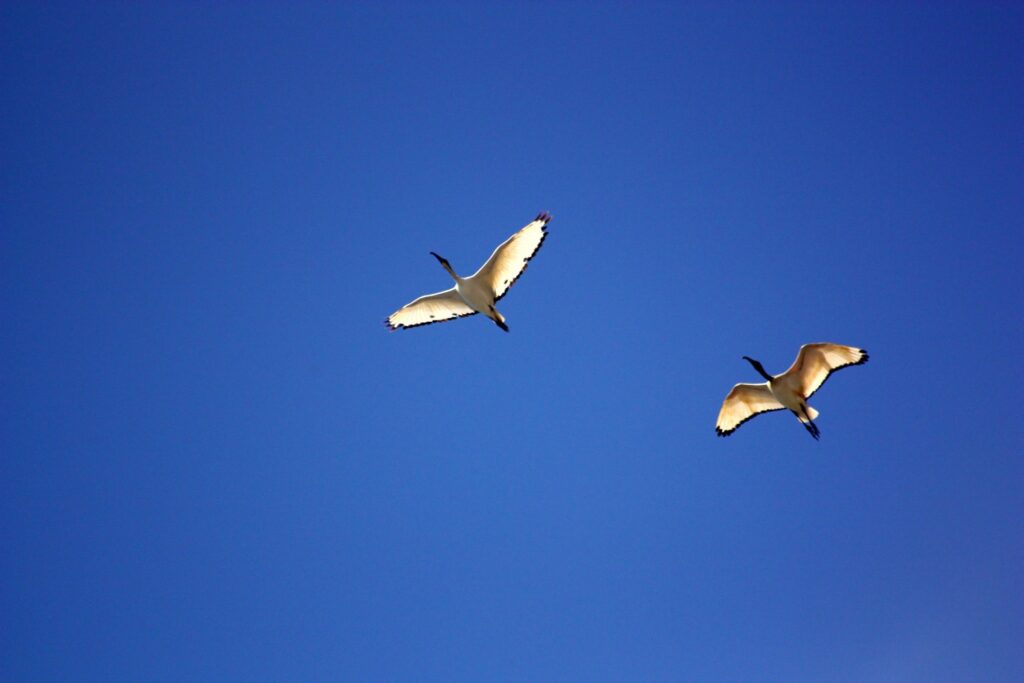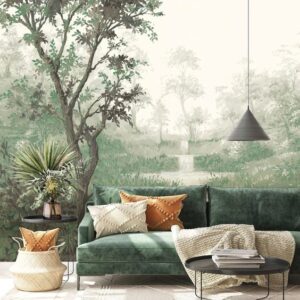1. What is Biomimicry?
Nature has a special place in the hearts of all humans. From the vibrant diversity of a sunset to the tranquility of a forest, nature has the power to inspire us and evoke feelings of awe and wonder, but also calm and tranquility. However, nature isn’t just a source of inspiration for the arts it is also a valuable source of wisdom for those who know how to look.
Biomimicry is a discipline that takes inspiration from nature’s patterns, processes, and strategies to create technologies and designs that are more efficient and resilient. It looks to the natural world for answers to human problems, finding sustainable solutions to our most pressing problems.
So if we have all been learning a lot ABOUT nature, biomimicry makes us stop and ponder and learn FROM nature. Nature is ruthless, and the adaptations of various species to their environment have been tested and perfected by millions of years of evolution. By emulating them, we can tap into the vast wisdom of nature and apply it to our own society as we strive to create a more harmonious relationship with our environment.
A sustainable way of living already exists, we just have to open our eyes and ears because the answers are all around us:
credit: learnbimimicry
2. Patterns in nature
The natural world is defined by an incredible number of interacting processes, which tend to produce patterns that are not perfectly symmetrical. For example, the branches of a tree may grow in a seemingly random pattern, but they are ultimately determined by factors such as the tree’s genetics and its environment. The movement of ants, the flight of birds or the veins on a leaf are all highly efficient ways to achieve their respective purposes. Biomimicry observes, studies and takes advantage of these patterns to create innovative solutions.

Our brains are wired to look for patterns because it helps us make sense of the world around us. By recognizing patterns, we can identify objects and predict their behavior. It allowed our ancestors to easily spot predators, find food in forests, and track down prey. This is why find it calming when we see natural patterns : it evokes feelings of familiarity and order. Biomimicry thus allows designers, architects and artists to evoke primal, ancestral feelings through their creations
3. 4 Biomimicry Examples used in the home industry
Countless inventions are the result of noticing patterns found in nature and making good use of them. Da Vinci was inspired by the flight of birds and researched it meticulously, drawing “flying machines” modelled after them, and thus creating the blueprint that eventually gave rise to airplanes.
There are also many examples of biomimicry in both the construction and home industry.
1. Leaves for solar panels

The use of solar panels is an example of biomimicry in the construction industry. Solar panels are designed to mimic the way leaves capture sunlight and convert to energy.
2. Lotus flower for paint

The Lotus flower’s micro-rough surface naturally repels dust and dirt particles, keeping its petals sparkling clean. It’s leaves have tiny nail-like protuberances that can fend off specks of dust. When water rolls over a lotus leaf, it collects anything on the surface, leaving a clean leaf behind. From this there have been created wall paints with a micro rough surface that repels dust.
3. Burr seeds for velcro

burr seeds
Velcro was invented after George de Mestral, a Swiss engineer, took a walk through the Alps and noticed that the burr seeds sticking to his dog’s fur had hooks and loops on their surface which made them able to fasten to different fibers.
4. Fireflies for LED lights

credit: Getty images
Led Light sare another example of biomimicry in the home industry. Led Lights are designed to miminc the way fireflies produce light using less energy than traditional incandescent bulbs. Furthermore Led Lighting has evolved significantly for them to become dimmable and not just bright blue so as to follow the circadian rhythm of natural lighting.
Natural patterns can also be used for aesthetic reasons, these are often known as fractals . Textile designers can draw inspiration from a wide variety of natural patterns, such as the spiral of a seashell, the hexagonal pattern of a bee’s honeycomb, the fractal patterns found in leaves and branches, or the intricate patterns found in butterfly wings and peacock feathers. These patterns can repeat eternally and can be used to create unique and visually interesting designs for fabrics and carpets.
5. Biomimicry and biophilic design
Biophilic design is a form of design that incorporates elements from nature in interior architecture, product design, urban planning, and other aspects of the built environment. It relies upon people’s natural and well-documented tendency to feel comforted and reassured by natural environments and by spaces that resemble them. Both concepts, biophilic design and Biomimicry, draw inspiration from nature to improve human wellbeing.
The main difference between the two is that biomimicry focuses on emulating specific strategies, structures, and functions found in nature to solve specific problems, while biophilic design is more focused on creating spaces that connect people to nature and improve their physical, mental and emotional well-being, and yet the two work together. In this context, biomimicry can be seen as a tool used within biophilic design.
To learn more about biomimicry: got to learn bimimcry and to understand WHY we should be seriously using Biophilic design and biomimicry read the post WHY BIOPHILIA
5. Conclusion
Overall, biomimicry is a powerful tool that recognizes the patterns that surround us and uses them to create more sustainable and efficient designs. By studying the patterns and principles of nature, we can learn how to create designs that are not only better for the environment but also better for us as humans. Whether it is in architecture, interior design or materials science, biomimicry can be used to create designs that are both beautiful and functional. By incorporating nature into the built environment through biomimicry and biophilic designs, we can create spaces that help us to feel more connected to the natural world.
